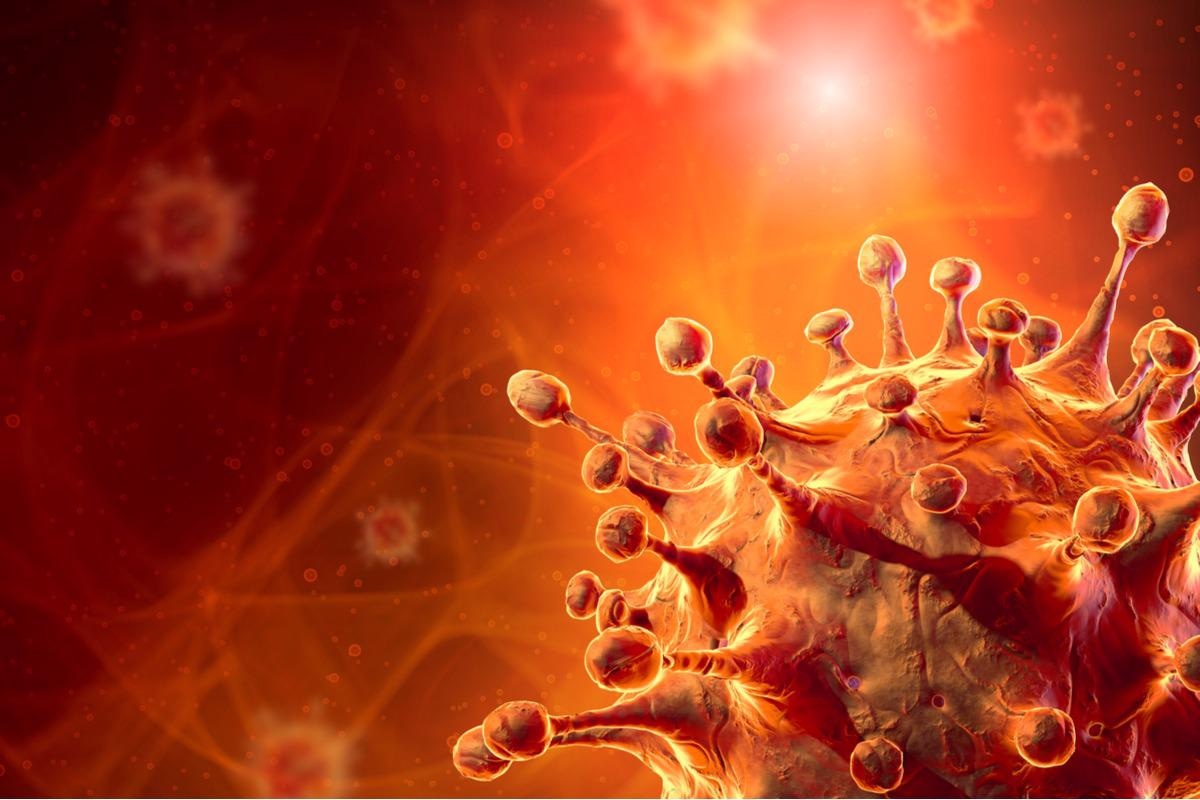Since the emergence of severe acute respiratory syndrome coronavirus-2 (SARS-CoV-2) in 2019, the causal agent of the coronavirus disease 2019 (COVID-19) pandemic, scientists have reported several genomic mutations. These mutations have led to the emergence of new SARS-CoV-2 variants, classified as variants of concern (VOC) and variants of interest (VOI) by the World Health Organization.
 Study: Increased Stability of SARS-CoV-2 Omicron Variant over Ancestral Strain. Image Credit: CROCOTHERY/Shutterstock
Study: Increased Stability of SARS-CoV-2 Omicron Variant over Ancestral Strain. Image Credit: CROCOTHERY/Shutterstock
Background
At present, the SARS-CoV-2 Omicron variant has become the dominantly circulating variant in many parts of the world. This variant has been classified as VOC owing to its high transmissibility in humans.
Scientists have characterized the Omicron variant and observed that it possesses more than thirty mutations compared to the original SARS-CoV-2 strain. A prior study reported that the SARS-CoV-2 original strain could remain contagious at room temperature for several days on smooth surfaces and several hours on perforated surfaces.
A new study
Research has shown that the spike protein of the Omicron variant is more stable compared to the ancestral strain. This result inspired a new hypothesis that on different surfaces, the Omicron variant is a more stable strain. Scientists tested this hypothesis and investigated the stability of the Omicron variant on smooth and porous surfaces. This study is available in Emerging Infectious Diseases.
In this study, researchers applied a 5 μL droplet of each virus on both smooth and porous surfaces. This treatment was incubated at room temperature, i.e., 21°C–22°C, for specific time periods. Subsequently, it was immersed in a viral transport medium for 30 minutes to recapture the residual infectious virus. Researchers titrated the recovered virus by TCID50 assays via Vero E6 cells that expressed transmembrane serine protease 2 (TMPRSS2).
Key findings
The authors reported that compared to the original SARS-CoV-2 strain, the Omicron BA.1 variant was more stable on all surfaces. In this study, researchers observed that no viable original SARS-CoV-2 strain could be recovered from stainless steel, glass samples (two of three samples), and polypropylene sheets after four days of incubation. After seven days, the infectious virus was not found on any glass samples. However, such a finding was not true for the Omicron variant. This is because researchers could recover viable Omicron strain from all treated surfaces after seven days of incubation.
This study indicates that the Omicron variant's stability is higher than the original SARS-CoV-2 strain on varied surfaces. For instance, this study exhibited that the Omicron variant was more stable on porous surfaces, such as tissue papers and printing papers. Specifically, on tissue papers, viable Omicron strain could be recovered after 30 minutes of incubation. In contrast, the original SARS-CoV-2 strain did not remain infectious at 30 minutes post-incubation. Likewise, a viable Omicron variant could be recovered from printing papers after 15 minutes post-incubation; however, the ancestral stain could not be recovered as it had lost its viability.
The current study reported that on a smooth stainless-steel surface, the original SARS-CoV-2 strain was undetectable on the tenth-day post-incubation, while the Omicron variant remained viable and could be recovered. Scientists also confirmed that the Omicron variant is more stable than the original SARS-CoV-2 variant on other different surfaces.
The authors stated that the cell line used for virus titration could affect their results. According to several studies, the Omicron variant is not dependent on TMPRSS2 for cell entry. However, the current findings strongly indicate that this variant is more stable than the original SARS-CoV-2 strain.
Limitations
Scientists highlighted one of the limitations of the study to be that the experiments were conducted under well-controlled laboratory conditions. Environmental factors could play a significant role in viral inactivation in real conditions. Therefore, the time required for virus inactivation, reported in this study, could be different in real conditions. Another limitation of the present study is that the components of viral droplets considered in this study are different from those present in respiratory droplets. This factor could also affect the stability of the virus.
Conclusion
The authors believe that virus stability on surfaces could be an important factor that should be considered while developing strategies to control the spread of a virus. The current study strongly indicates that it is highly likely that the Omicron variant spreads via the fomite route. In the future, the stability of emerging subvariants of the Omicron variant on the surfaces must be carefully assessed.